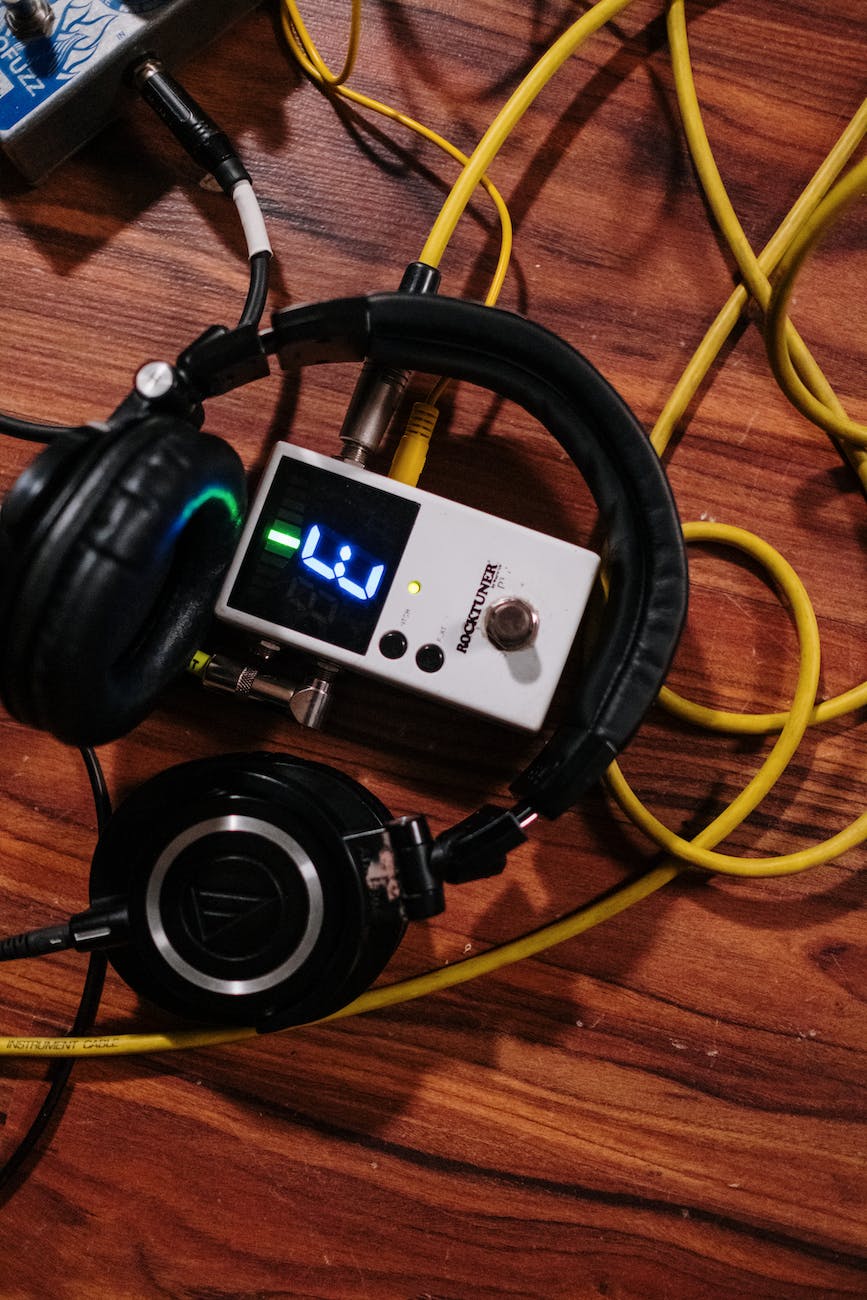Follow this tutorial to learn how to declutter your home quickly and effectively.
Clutter in the house is an inevitable byproduct of a well-lived life, yet decluttering can offer you a new energy for your home and family.
Where to Begin When Decluttering Your Home
Making the decision to declutter your home may seem like a big step in and of itself, but getting started is a much bigger challenge. Knowing where to begin the decluttering process can be intimidating, especially if you have a large decluttering project ahead of you, which is why creating a decluttering game plan is so important.
Determine your decluttering aim before you begin. Do you just want to get rid of obvious clutter, or do you want to develop entirely new household organizational methods to utilize in the future? Knowing your ultimate aim might help you prioritize tasks and plan your next steps.

Another tip to get you started on your decluttering? Begin with what you believe to be the easiest room. For example, if you know you need to redo your complete wardrobe, don’t start with your bedroom and closet. Starting with a smaller decluttering effort, such as clearing out and reorganizing your spice rack, can empower and drive you to undertake larger decluttering chores.
How to Deal with a Cluttered Room
As you prepare to begin the decluttering process, it is beneficial to have a strategy in place that you can use to clean and reorganize. The “Four-Box Method” is a really basic, straightforward approach that allows you to streamline your decluttering operation by employing four boxes or storage bins. Here’s how four boxes can make cleaning up a crowded room a breeze.
Box 1: Garbage
The first box will serve as your designated garbage can. Items that aren’t worth donating or selling should be placed here. Pro tip: To save yourself a step, use huge plastic bags. Instead of a box, carry your trash directly to the curb after cleaning up. Also, remember to recycle whenever feasible! To understand more, consult Glad’s guide to what may and cannot be recycled.
Box 2: Give or Sell
Next, set aside a box for goods that are still in good condition but that your family might do without, such as old novels or toys. It is entirely up to you if you want to give these items to friends and relatives, donate, or sell them in a yard sale to make a little more money.
Box 3 is for storage.
This box is for things you can’t or don’t want to get rid of but don’t need on a daily basis (for example, seasonal decorations). It’s also a good idea to keep track of everything you’re placing in storage as you go so you don’t end up wondering what’s taking up room in your garage or attic later on.
Box 4: Remove
Finally, have a box ready for any goods that must be maintained in your home but relocated to their correct location. If you really want to get organized, keep a few smaller boxes — one for each location, such as your bathroom, kitchen, or bedroom — and sort misplaced objects into their “homes” to save yourself time later.
Want one more decluttering tip? If necessary, you can add a fifth box to this method: one for goods that can be repaired/replaced rather than discarded or donated, such as a watch that requires a new battery.
How to Organize Your Bedroom
Taking on your bedroom may appear to be a daunting task, especially if you’re just learning how to declutter effectively. To get your bedroom decluttering off to a good start, spend a few minutes first making your bed and picking up any filthy garments that may be lying across the floor. You’ll be more inspired to move on to these issue areas once the visible, day-to-day mess is out of the way.

Nightstands
If you have a nightstand that you use to collect junk, now is the time to sift through it with a fine-toothed comb. Unless you require something before bed, such as earplugs or a sleep mask, the nightstand is not the place to keep it. Don’t forget to declutter the top of your nightstand as well: remove anything that isn’t necessary (such as lights or alarm clocks) and minimize the knickknacks and décor you keep on top for a less cluttered look and easy cleaning.
Dressers/Drawers
Is there anything worse than a cluttered drawer? If you’re weary of digging through a sea of jumbled clothes to find what you need every day, it’s time to use the Four-Box Method to categorize each article of clothing in your dresser. If you haven’t worn it in at least six months or it doesn’t fits, it doesn’t belong in your dresser drawer. After you’ve reduced your belongings, try folding them into little rectangles and stacking them face-up — rather than stacked atop one another — so you can readily see each item when you pull the drawer open.
Closets
If you really want to declutter your home, you should spend a large amount of time tidying your closets, as they may be big havens for clutter.
Before you start organizing items with the Four-Box Method, take everything out of your closet and lay it all out so you can see exactly what you have. This is also an excellent time to clean any shelves or surfaces in your closet that are rarely cleaned.
Next, when you determine which pieces to keep, ask yourself a few essential questions: when was the last time I wore this? Does wearing this item of apparel make me feel good? Is there something comparable to this that I prefer? It’s also a good rule of thumb not to save something for “someday” — for example, if it no longer fits but you’re saving it in case it might one day. That’s how clutter gets accumulated!
When storing anything you wish to keep after the purge, keep your most-worn items in conveniently accessible places, and then organize things in any way that works best for you – whether that’s by color, season, or occasion.
Ideas for Bathroom Decluttering
Although bathrooms are usually smaller than other rooms in the house, it doesn’t mean they can’t gather just as much clutter. Here are some decluttering strategies to help you manage your bathroom better than before.
Get Rid of Your Beauty Products
Beauty supplies, such as makeup, skincare, and hair accessories, are among the most common causes of bathroom clutter. If you haven’t used a product in six months to a year, throw it away in a Small Garbage Bag. It’s also a good idea to eliminate the habit of accumulating duplicates of goods; for example, don’t open a new bottle of shampoo if an old one still has a couple of days’ worth of product left in it.
Examine Your Medicine Cabinet
You may open your medicine cabinet on a daily basis, but when was the last time you cleaned it? Remove everything from the shelves and discard anything that’s old or no longer useful, such as stretched-out hair ties or expired prescriptions, before wiping clean the inside and returning the goods you want to preserve to your medical cabinet.

Make Storage Areas Hidden
Do you have limited storage space? There are numerous simple strategies that will instantly make your bathroom more organized. If you’re constantly finding bobby pins strewn about, try placing a magnetic strip to the inside of a cabinet and its door and sticking your bobby pins to it for quick access. Attaching a file organizer to a wall or the side of a sink cabinet can also serve as a convenient location for your hair tools. For smaller goods like makeup brushes, cotton balls, and cotton swabs, label jars and place them on your counter or a shelf for quick access that doesn’t look cluttered.
Checklist for Decluttering Your Living Room
Because your living room is the hub of household activity, it may be a magnet for clutter from everyone in your family. Follow this simple three-step declutter checklist to make your living room clutter-free.
Step 1:
Go through all of your toys, books, and magazines.
If your living room serves as de facto storage for books, magazines, and children’s toys, make a sweep and sort them using the Four-Box Method. You can donate some old books to a local library or school, recycle old periodicals, and throw away any toys that are too worn to donate or sell.
Step 2:
Lessen the Number of Knickknacks
There’s nothing wrong with enjoying your home’s décor, but having too many trinkets in your living room might make it difficult to use the area — and harder to clean around. Take inventory of what’s on your tables and shelves and decide what you’re prepared to part with: are there outdated picture frames, throw blankets, or potted plants you no longer want?
Step 3:
Establish a Permanent Storage Location for Everyday Items.
Instead of simply leaving items on your coffee table, designate a basket for everyday items such as remotes, chargers, and video game controllers, and then tuck the basket under an end table or in a drawer for convenient access.
Tips for Decluttering Your Home Office
Nothing is less inspiring than trying to work in a disorganized and cluttered home office. If that seems all too familiar, try these quick and easy decluttering ideas for your home office to help turn it into a productivity haven.
Items that do not belong should be removed.
What is the first step in clearing a cluttered home office? Taking out or storing any personal/household goods that do not belong there, such as toys, dishes, or fitness equipment. Non-job-related items around your desk serve as reminders of other tasks, which might be distracting when you need to focus on work.
Examine Documents and Papers
If your desk is obscured by a mess of papers, now is the moment to sort through them. Make three piles: one for papers to shred or throw, one for documents to file, and one for items that require action. If the majority of your work-related documents are digital, spend some time sorting and cleaning them up as well. Even if it is not visible, digital clutter can be just as destructive and hinder your productivity.
Organize Your Desk Drawers
Is there a simple trick that can work wonders? Organize your desk drawers based on the stuff you use the most. For example, you might fill the top drawer with everyday essentials such as a notebook, pens, or phone charger, while the bottom drawer houses products such as a hole punch or envelopes. Expert advice: Place the most frequently used items on the front of each drawer for quick access.

Remove Unruly Cords/Cables
The mere thought of tangled cords may be irritating — and your home office is the last place you want to be agitated. Tieing cords and cables together using zip ties to keep them together and seem more streamlined is one of the simplest decluttering solutions for a home office. Once they’re all in one place, tape or hang them beneath or behind your desk to keep them out of sight and out of mind.
To Conclude
Decluttering takes time and work, but we all need to reorganize and recycle at least once a year. Decluttering will simplify your life and save you time. Try it.
